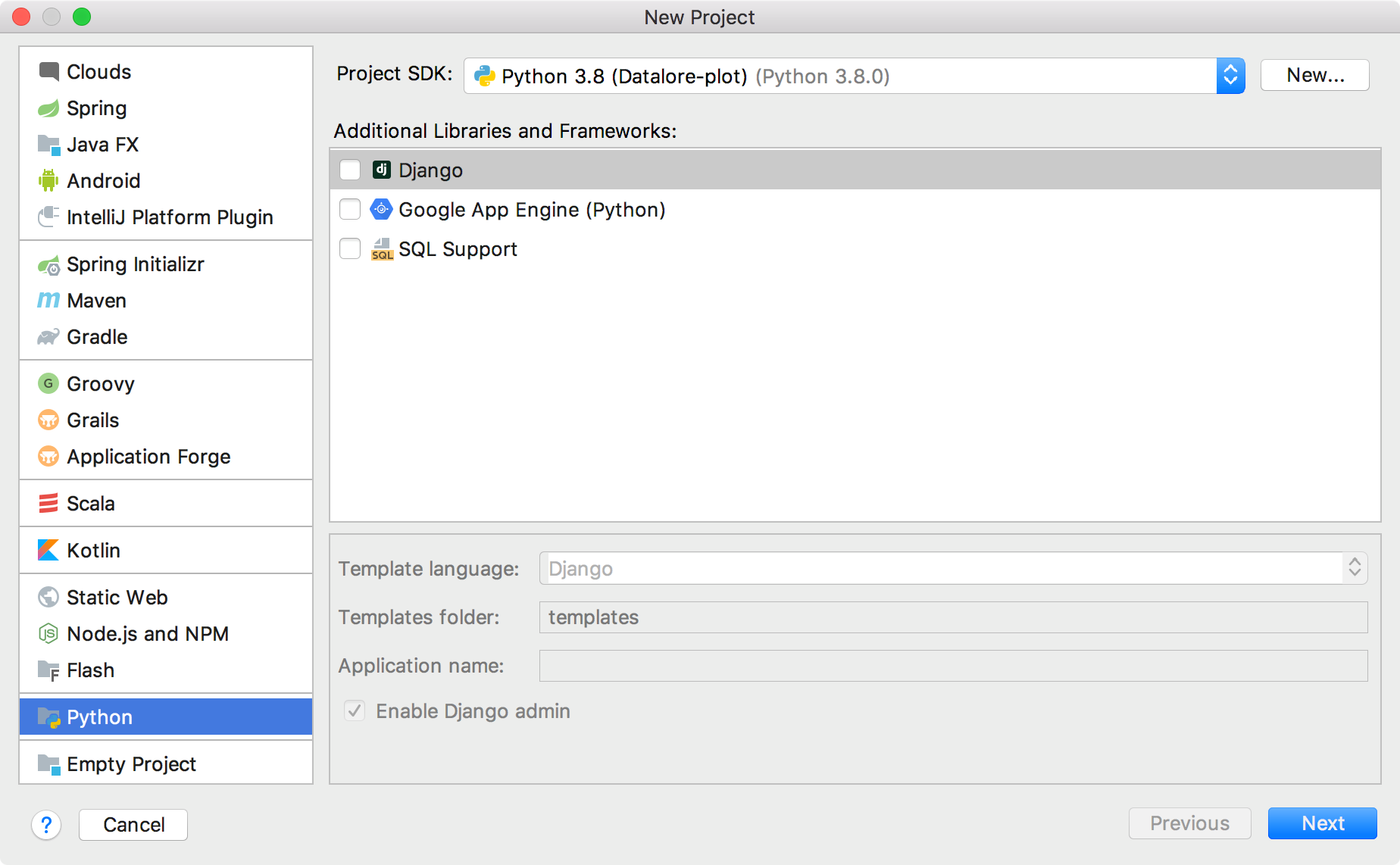

Write plugins in xojo code#
We'll be able to write code that consists of a mix of the original and new APIs. With API 2.0, we're going to end up with a language that gives us better compatibility, more consistency, and the ability to make use of new APIs when we're ready to do so. As a result, there's really no need for namespaces after all. And in doing so, the team discovered that by applying the guidelines to the new Xojo Framework, very few of the new APIs conflicted with the older APIs. To resolve these issues, the Xojo team has established naming guidelines. The problem was that the new framework added a lot of complexity and also resulted in a lot of inconsistencies, especially with regards to the names of the APIs. The New Xojo Framework was an attempt to modernize Xojo. The app looked modern, and seemed more like a Web site than a desktop app. You could immediately tell that a lot of work has been going into the new framework. Geoff mentioned that there's 99% compatibility between the original Web Framework and Web Framework 2.0.Īt XDC 2018, Geoff showed us a very early build of the familiar "Eddies Electronics" app using the new framework. Best of all, we won't have to completely rewrite Web apps that we've developed with the original Web Framework. Web Framework 2.0 will include updates to 5 existing controls, as well as 10 new controls (including a toolbar control and a charting control). As a result, we'll be able to use Xojo to develop much more advanced, modern, efficient Web apps. Web Framework 2.0 will be a complete re-write that takes advantage of the improvements and advancements that have been made over the years. 10 years ago! Back then, Xojo's goal with the Web framework was provide a tool for developing Web apps that looked like desktop apps. Think about this: Work on the original Web Framework started way back in 2009. Of all of the changes that the Xojo team is working on, this is the one that I'm most excited about.

Navigating larger projects will be easier, and we'll have more room to work on things. I've always felt that the Xojo IDE is terrific, but with this new UI, it seems like it's going to get even better. This will make it possible to drill down into an area of a project in one tab, and drill into another area in another tab. Tabs will continue to be supported, and what you see on a home screen will be unique to each tab. To get back to the home screen, you'll simply click a new Home icon in the navbar.

When you're editing an object, the Library will be displayed on the left, and the Inspector will be displayed on the right. Double-clicking on an item (such as a window) will open the object for editing. It's being replaced with a new home screen that will show an overview of the project that you're working on and make it easy to navigate a project. The biggest change in the new IDE will be that the project navigator will no longer always be displayed. Geoff demonstrated a new Xojo IDE at XDC 2018, and it looked very interesting.

This sounds amazing, and it could be yet another game changer for Xojo. The Xojo team's goal is to make it possible for us to develop plugins for Xojo in Xojo.
Write plugins in xojo android#
Interops are coming in the new Android framework, but we'll also see them supported in iOS, and in macOS at some point as well. And I suspect it will also attract a lot of attention from developers in general, resulting in a number of new Xojo developers.Īt XDC 2018, Geoff Perlman, Xojo's founder and CEO, described interops as "declares on steroids." They're going to make Xojo, which is already very powerful and robust, even more so. This new target will open up a world of possibilities - and opportunities - to Xojo developers. Seriously though, I know that a lot of Xojo developers - myself included - have been looking forward to this for a long time. There's a lot of great things coming to Xojo this year.


 0 kommentar(er)
0 kommentar(er)
